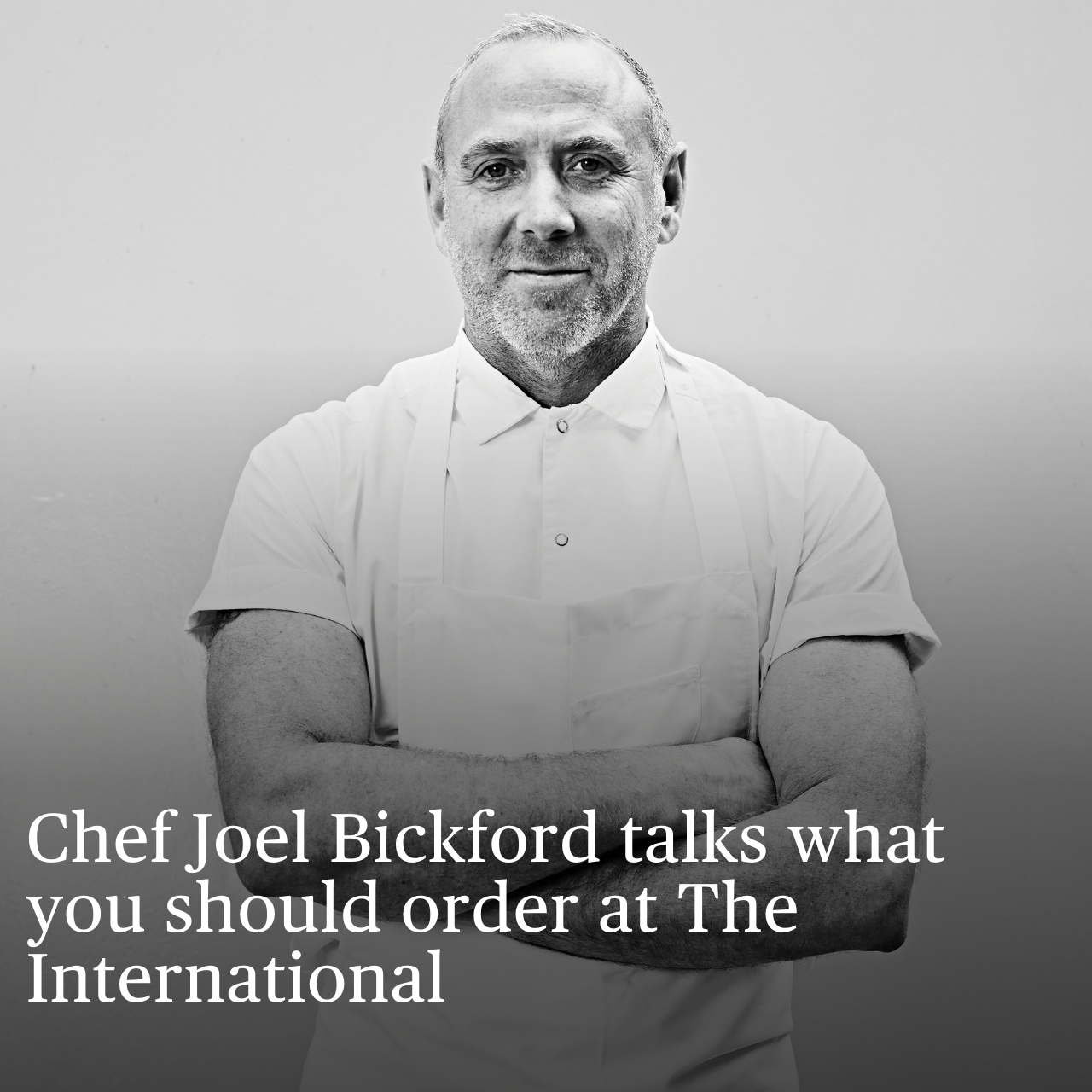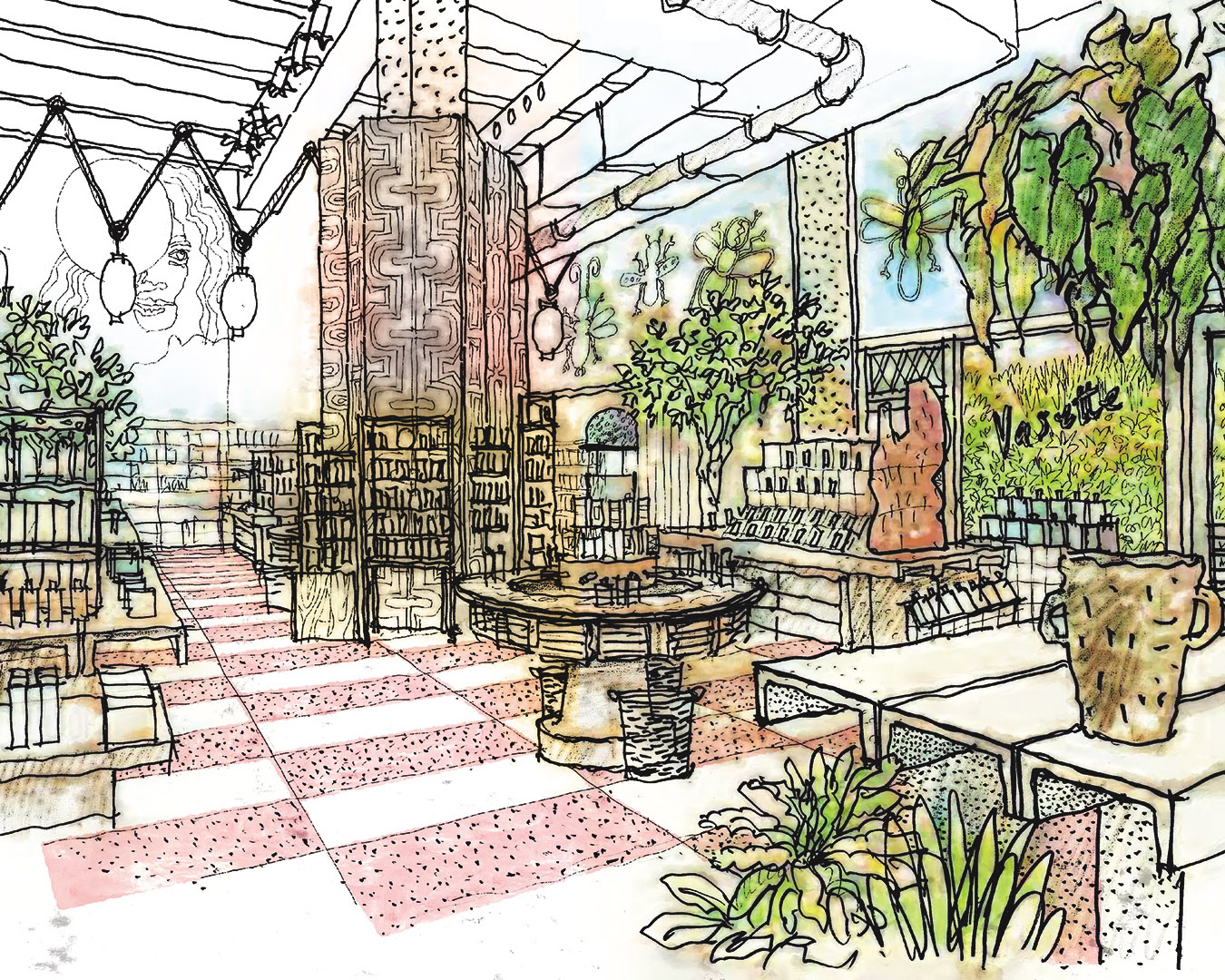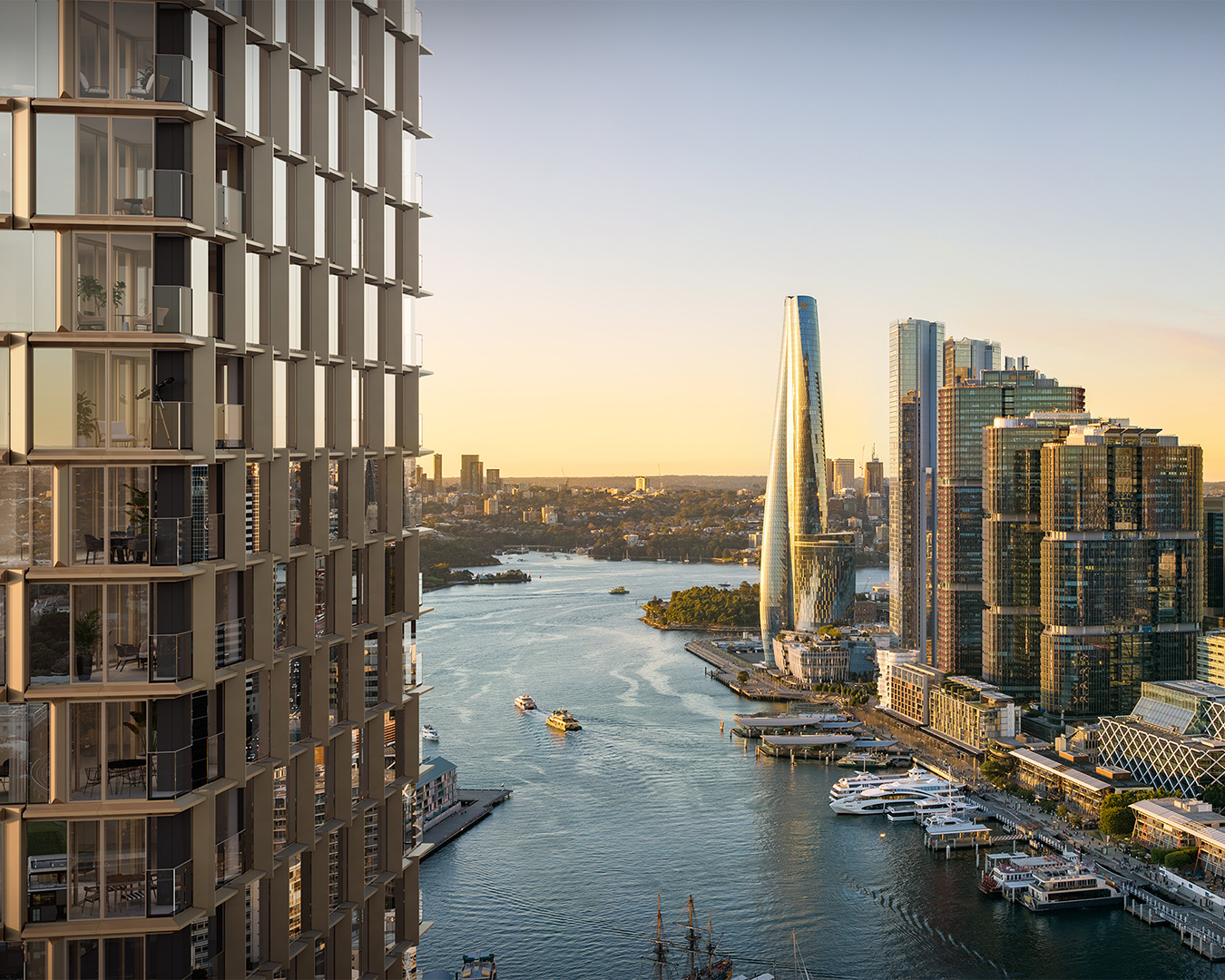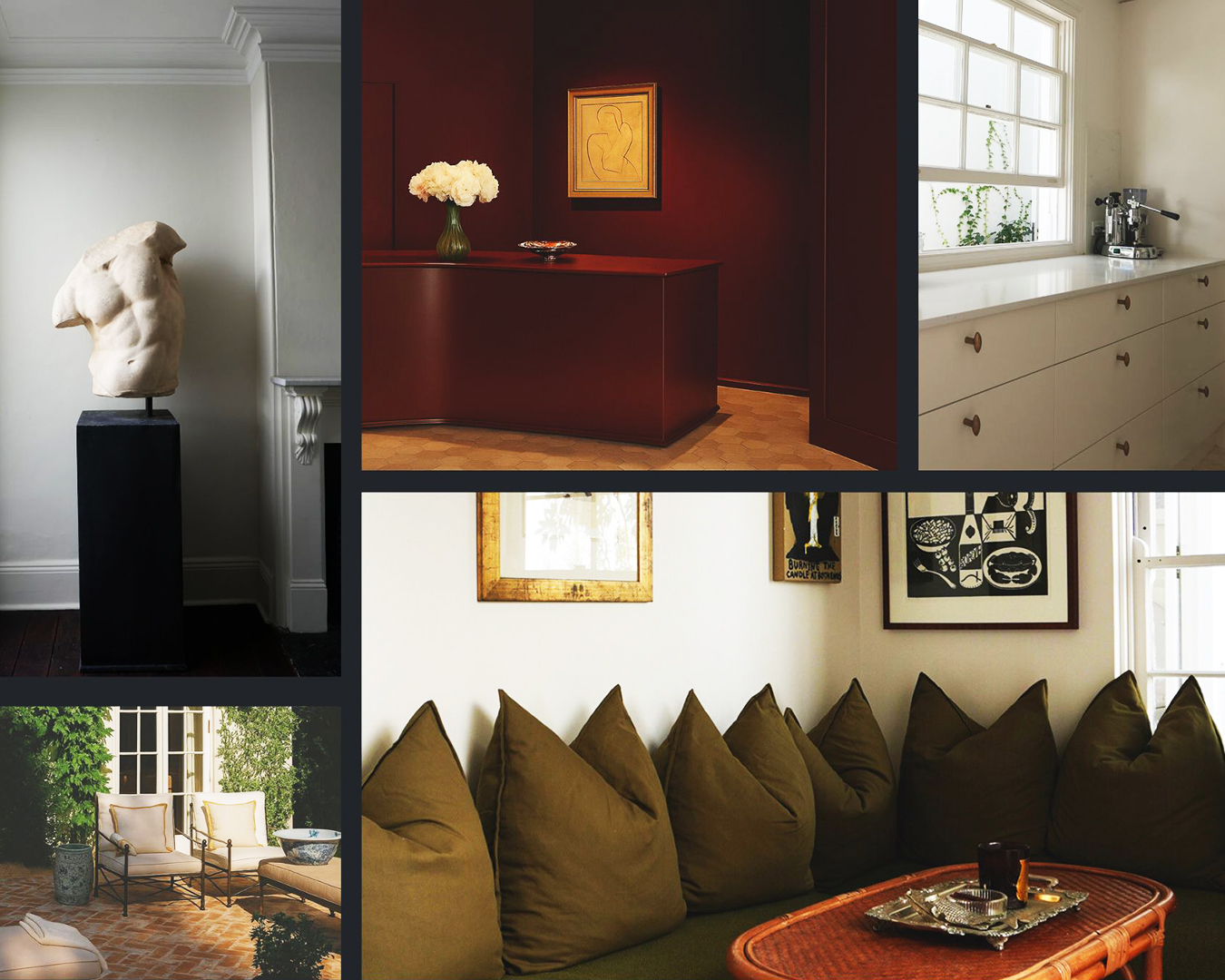Inside the house that David Hicks built
After 25 years at the helm of his eponymous studio, Melbourne designer David Hicks reflects on rigour, reinvention and the art of restraint
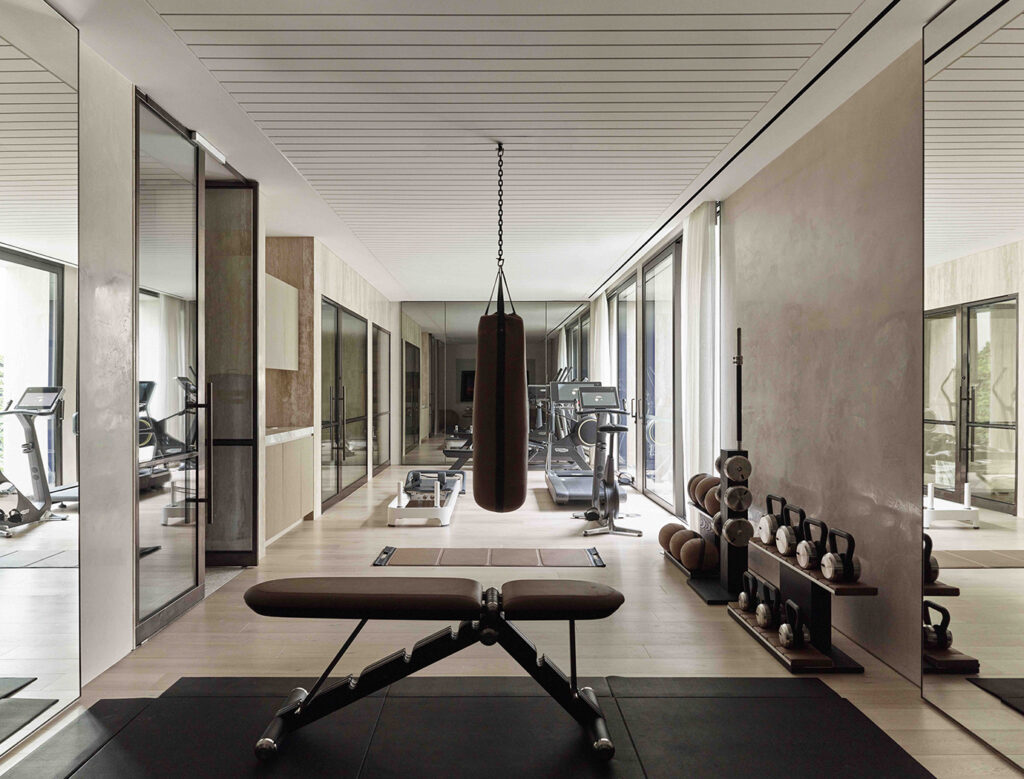
WHEN MELBOURNE-BASED DESIGNER DAVID HICKS opened his studio at the turn of the millennium – before Instagram interiors, before Pinterest mood boards – his approach was architectural. Rather than chasing trends, he was building grids. “I was particularly interested in minimalism and alignment at the time,” he says. “Using floor tiles, I transformed the flooring material into a grid that informed the spatial planning and provided a formal structure for the space.”
The project in question was his own apartment, completed just after graduating from RMIT. Its terrazzo tiles dictated the dimensions of everything from wall cladding to joinery. “I carefully selected the type of terrazzo I wanted to use and considered the available sizes, as this decision affected every aspect of the design.”
That commitment to precision became a way of making sense of space. “The process of defining space through thoughtful planning is, for me, the backbone of a project,” he says. “If this foundation is flawed, it doesn’t matter what additional elements you add; the result will still be unappealing.”
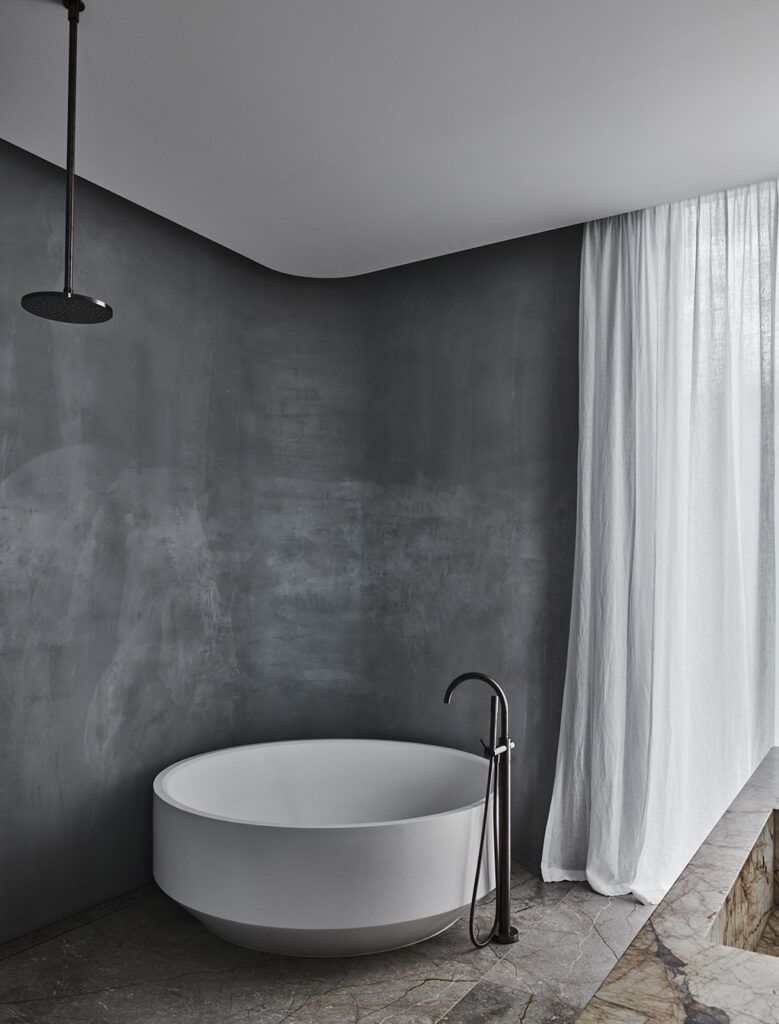
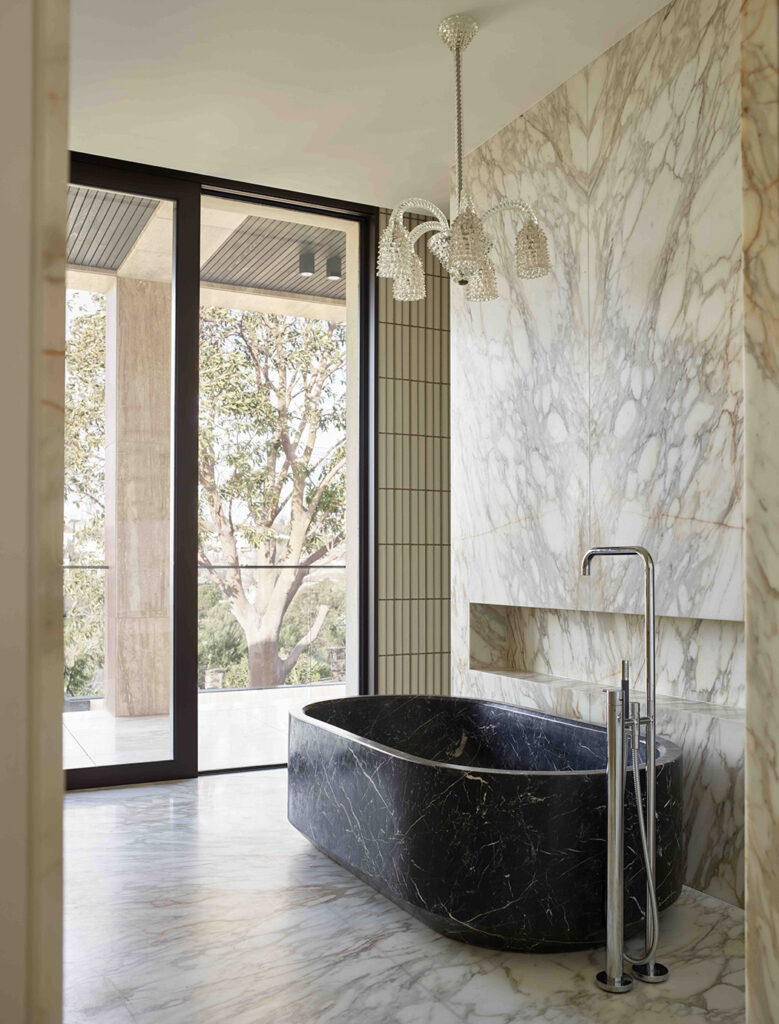
None of this might have manifested had he not lost his job in a design practice at the age of 26. A chance to pivot into something he felt truly passionate about, bolstered by the unwavering confidence of youth. Plus, as Hicks says, it was an exciting time to enter the world of design in Australia, with a hunger for new voices, new talent and new vision.
Structure and order were hardwired early. As a child growing up in Malaysia, Hicks would drape sheets over furniture to build makeshift rooms. “Although I spent much of my time outdoors . . . I always felt comfortable and safe in more enclosed environments. I’ve always been sensitive to my surroundings, so this appreciation for design feels ingrained in me.”
It’s that sensitivity that continues to guide the studio’s aesthetic, one that resists obvious statements in favour of cohesion, restraint and longevity. “You may not consciously think about [design], but you certainly feel it,” he says. “Which makes it challenging to explain how a space affects different people in unique ways.”

The materials have changed, grids have loosened, textures have grown richer, but the logic remains. “My work is consistent with this structured approach, but over time, the rigid grid has evolved into more fluid, organic shapes,” he says. “I have a natural inclination to analyse space, considering how people will interact with it and how they will feel within it.”
That dual mindset, analytical but imaginative, drives everything Hicks creates. “My design style reflects a balance between the analytical and creative aspects of my mind, each influencing my work equally. This duality contributes to a minimal, sharp and meticulously detailed aesthetic, often concealing hidden elements.”
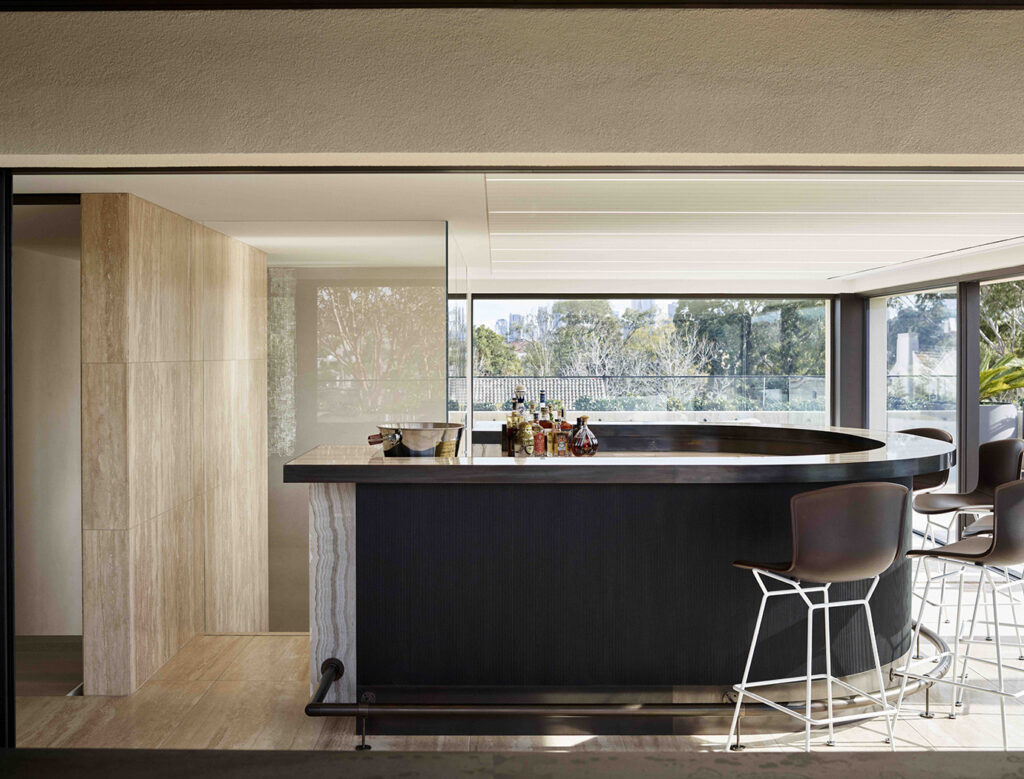
It’s not just about how a room looks. It’s about how a person feels inside it. “While my thinking may be very architectural, it also fosters immense creativity,” he says. “This combination allows me to accept imperfections while still striving for more human-centred outcomes in my projects.”
That blend of instinct and discipline is one of the reasons his spaces hold up, why they don’t feel tied to a moment in design media or filtered feeds. “I aim to create spaces that are not limited by specific timeframes or cultural styles,” he says. “Instead, I strive for designs that possess longevity and transcend any single aesthetic.”
Still, longevity doesn’t mean static. Over the past 25 years, Hicks has continued to push the studio’s boundaries across residential, commercial and multi-use projects. One, in particular, stands out: “Calibre on Chapel Street in South Yarra . . . elevated retail design to a luxury level that was largely absent in Australia at the time”.

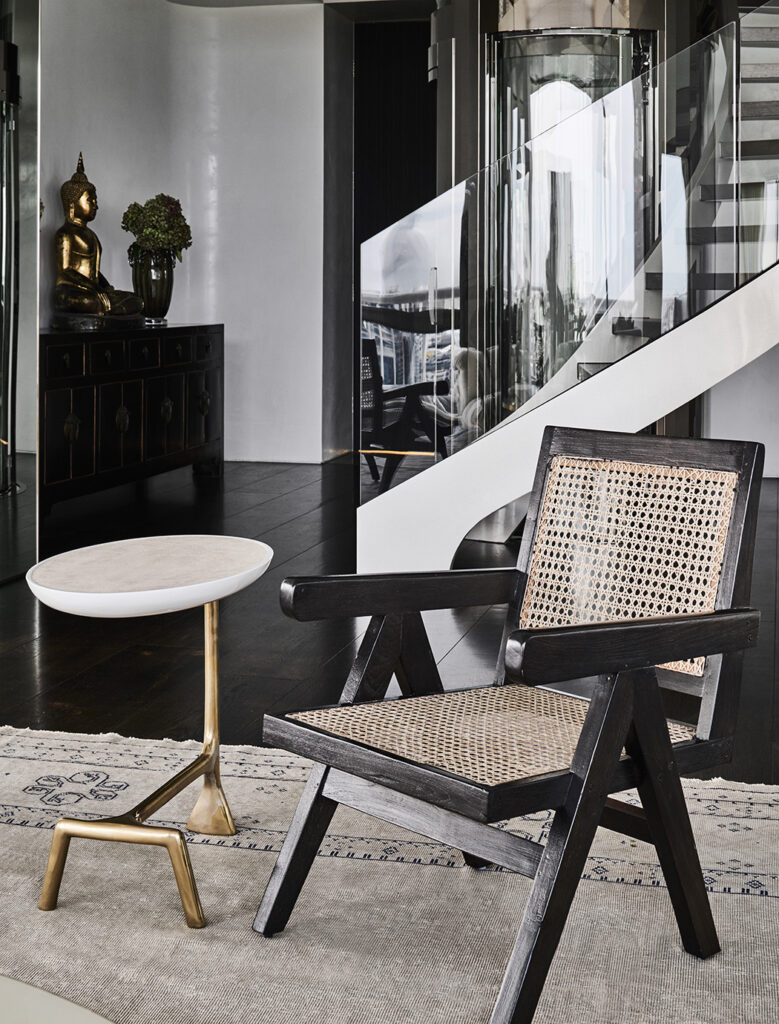
Retail schooled him in a different kind of rhythm. “It taught me the significance of detail and how different materials can come together to transform and brand a space,” he says. “It also taught me to consider the various merchandise that would be displayed and how customers would interact with it.”
Even after hundreds of briefs, Hicks remains hands-on. “I remain actively involved in every project from inception to completion, participating in design, documentation and administration,” he says. “This level of involvement ensures a thorough and rigorous process that leads to the best outcomes for my clients.”
It’s not a standard model, but then Hicks has never been much interested in following one. “This approach stands out in today’s landscape, where many firms assign projects primarily to junior and senior designers . . . This model does not resonate with me.”
His studio’s reputation for tightly orchestrated spaces is matched by a commitment to meaning. “I enjoy weaving subtle references to my clients’ personalities into my projects,” he says. “Reflecting their love for specific colours, materials or styles while ensuring these elements blend seamlessly with the overall design.”
This layering, a blend of narrative, memory and of detail, is why Hicks resisted decoration for so long, then embraced it fully. “Decoration was once a dirty word,” he says. “However, I have always been fascinated by decoration, particularly that of the Orient and Europe, especially France and Italy.” He still recalls the shift: a minimal New York apartment, furnished with Knoll and one solitary Louis chair in white linen. “I found this combination captivating and very chic.”
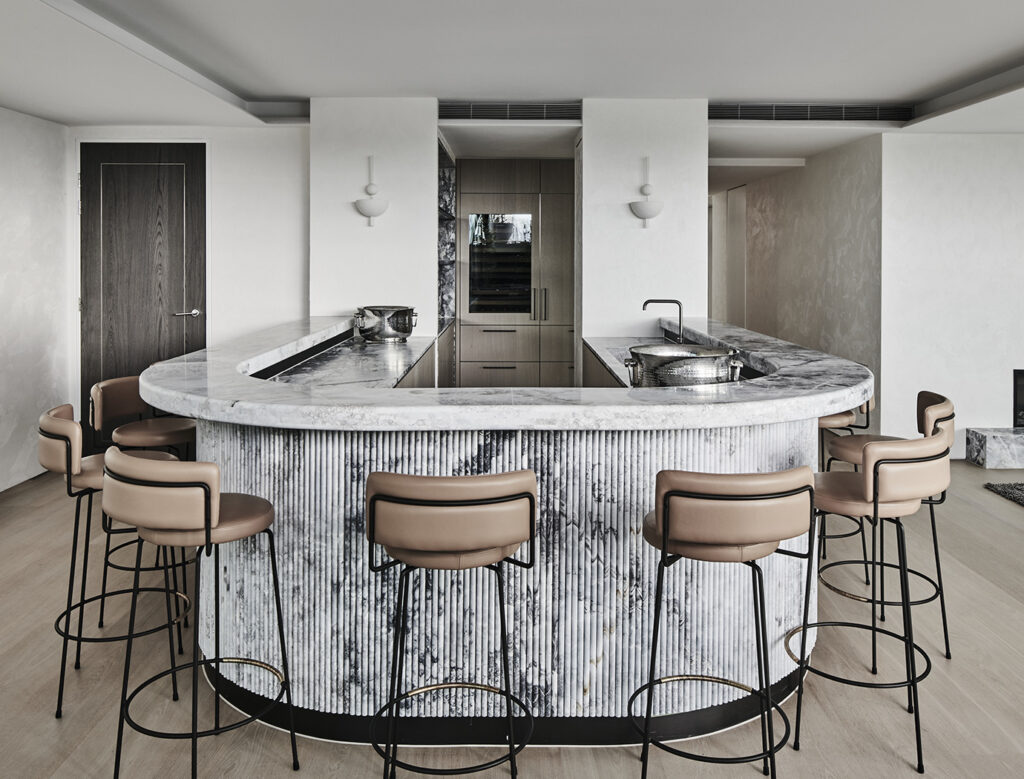
What followed was a deep dive into period design and antiques. “I sought to educate myself about antiques, learning about different periods and styles, as well as the use of fabrics, piping and tassels, which I found fascinating.” At a time when most clients weren’t interested in vintage, he was already mixing floral fabrics, candlesticks and tapestries with chrome and lacquer.
Today, it’s simply part of his process. “It truly is what gives homes their character,” he says. “The last thing you want is a house filled with every designer piece of furniture from various showrooms, as it can end up looking staged and lifeless.”
Even his own house is a lesson in considered contradiction. “In my case, I’ve gathered antiquities such as statues, busts and heads from various countries I’ve visited, displaying them together. This arrangement prompts memories of travel and sparks conversations with visitors.”
He doesn’t mind if a piece is impractical, if it speaks. “Often, collectible furniture transcends its practical purpose and becomes art.”
That eye for feeling – rather than fuss – now extends to product design. The studio’s first collaboration, with Sussex, is a range of bathroom and kitchen tapware. “We felt the existing options didn’t align with our vision. Sussex shares the same ethos as our work and has a long-standing history, making it a perfect partner.”
There are more projects on the way, including expanding the studio and business internationally. But for Hicks, the focus remains the same: “To refine our project outcomes” and “create spaces where [people] feel happy and comfortable”.
Looking back, the retrenchment at 26 was a gift. “It prompted me to make a pivotal decision: I needed to take charge of my own career and forge my own path,” he says. “For those who have known me well over the past 25 years, I have never given up on that dream. My greatest thrill, even after all this time, is seeing a project in print,” he says. “The allure of glossy pages will never be overshadowed by anything online.”
And while his rooms continue to appear in glossy pages and polished portfolios, Hicks still returns to a simple idea: that the best spaces don’t just impress; they resonate. “Ultimately,” he says, “I’m designing for that moment when someone walks into a room and just feels . . . something.” [endnote]
Related:








